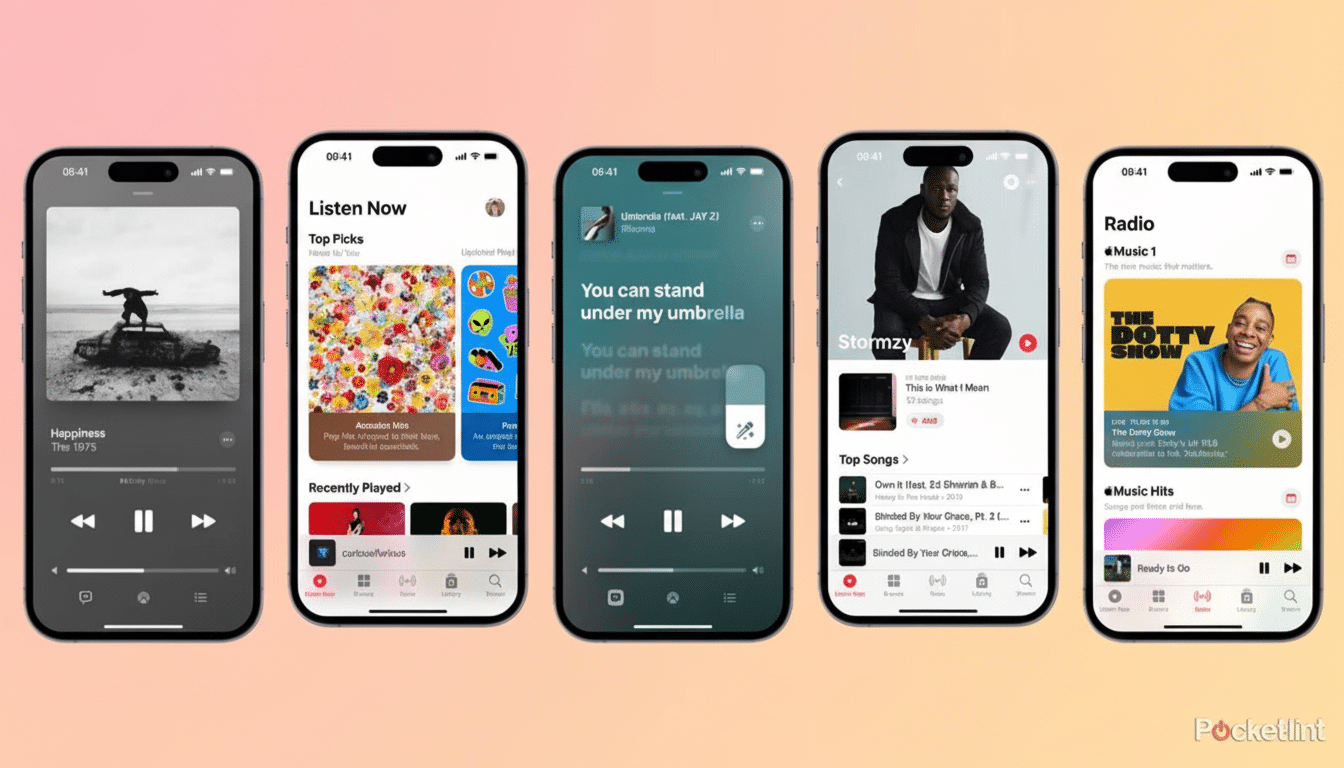Bad Bunny is the center of attention at the Super Bowl — and the internet has some thoughts. Within minutes of Apple Music and the NFL unveiling the halftime headliner during Sunday Night Football, timelines on X and TikTok were filled with celebration, skepticism, and everything in between, according to reports from NBC News and other outlets.
Describing the moment as more than just one performance, the Puerto Rican superstar said that it was a win for culture and history, in remarks posted by the NFL and reported through CNN. But the cheers are being joined by sharp questions that have quickly made the announcement a flashpoint across social platforms.

Why the announcement has struck a nerve with fans
Front and center in the criticisms bubbling up in comments is whether headlining the most American of stages squares with Bad Bunny’s move to not play U.S. dates on his very recent Debí Tirar Más Fotos tour. He said in interviews with Variety and i-D that he felt U.S. shows were unnecessary, adding that he was worried immigration enforcement could swarm his concerts like an insect orgy. Those comments are being thrown back in critics’ faces as evidence that the halftime booking is giving mixed signals.
Supporters of the change argue that with the Super Bowl’s reach, it is a rare opportunity to center Spanish-language music for a worldwide audience, and to elevate Puerto Rican artistry — which is particularly crucial given Puerto Rico’s fraught relationship with the mainland. This framing makes the performance cultural representation rather than a routine tour stop, and goes some of the way toward explaining why jubilation and unease are lined up side by side online.
How big the stage and why the stakes are enormous
The halftime slot isn’t just a concert; it’s a bar-raising metric. The Apple Music Halftime Show drew more viewers than any previous year, according to Nielsen, which reported that recent Super Bowl broadcasts have averaged over 100 million viewers across platforms. Such visibility has previously generated streaming spikes for featured artists virtually the moment they leave the stage, according to data shared by Spotify and Apple Music after earlier performances.
Bad Bunny comes in with outsize momentum. In 2024 he was among the most-played artists on Spotify globally, having previously ruled that platform’s global charts for many years running. Add to that mix a huge Spanish-speaking audience in the United States — more than 41 million people speak Spanish at home per the U.S. Census Bureau and reports from Instituto Cervantes — and suddenly, the stakes for an overwhelmingly Spanish-language set feel different than for previous takes from many of his predecessors.
What fans are saying online about language and access
Language is a recurring theme. Threads on X are cheering at the prospect of a Spanish-first set on the country’s largest pop stage — detractors question how accessible it would be to casual viewers. History suggests that fear may be overblown: halftime in what is expected to be one of the big winners at this year’s ceremony is likely to look and sound like something very much more baroque, with trills very far from viral; multilingual halftime moments — think of last year’s mix of languages and regional styles — tend not to narrow but broaden global reach.

Authenticity versus commercialization is another line of fault. Some claim the NFL’s Roc Nation and Apple Music affiliation is why bookings like this are possible across genre lines; others fret that corporate sheen could sand down an artist known for subversive visuals and social provocation. Fans are also exchanging guesses about the setlist and cameos, with fantasy setlists populated by frequent collaborators and up-and-comers in the Latin music world — and grist for engagement before a single teaser has been released.
Meanwhile, the tour debate rages on.
Posts position the halftime show as a unique cultural stage, while skeptics argue for parity with U.S. fans who helped break Bad Bunny on the radio and streaming. The divide highlights how the halftime booking has become a proxy for larger conversations about immigration, diaspora pride, and politics of visibility.
Context that shapes expectations for the halftime show
Production values will be scrutinized. Bad Bunny’s San Juan residency was a fully theatrical event, with highly crafted narratives and cinematic staging — the kind of template one could presumably squeeze into a 12–13 minute NFL window. The league’s ongoing efforts to diversify its high-profile entertainment — a mission it has undertaken since sealing the deal with Roc Nation — promises a show that melds reggaeton, trap, and Caribbean rhythms with mass-appeal pacing.
That which comes next online, too, can be gleaned from past precedent. Halftime announcements typically spark weeks of micro-discourse: leaked snippets from the rehearsals, brand integrations, setlist decoding, and cultural analysis. Look for the conversation to spike once again with official teasers, sponsorship tie-ins, and any whisper of guests.
Bottom line on the buzz and backlash around the show
Bad Bunny’s halftime nod was always going to be loud, and the early social reaction only confirms it. The split screen of celebration and scrutiny reflects the artist’s uniquely vexed position at the confluence of global pop, Latin music dominance, and Puerto Rican identity. If history is any guide, the debate will only promote the moment — and numbers are expected to follow.

